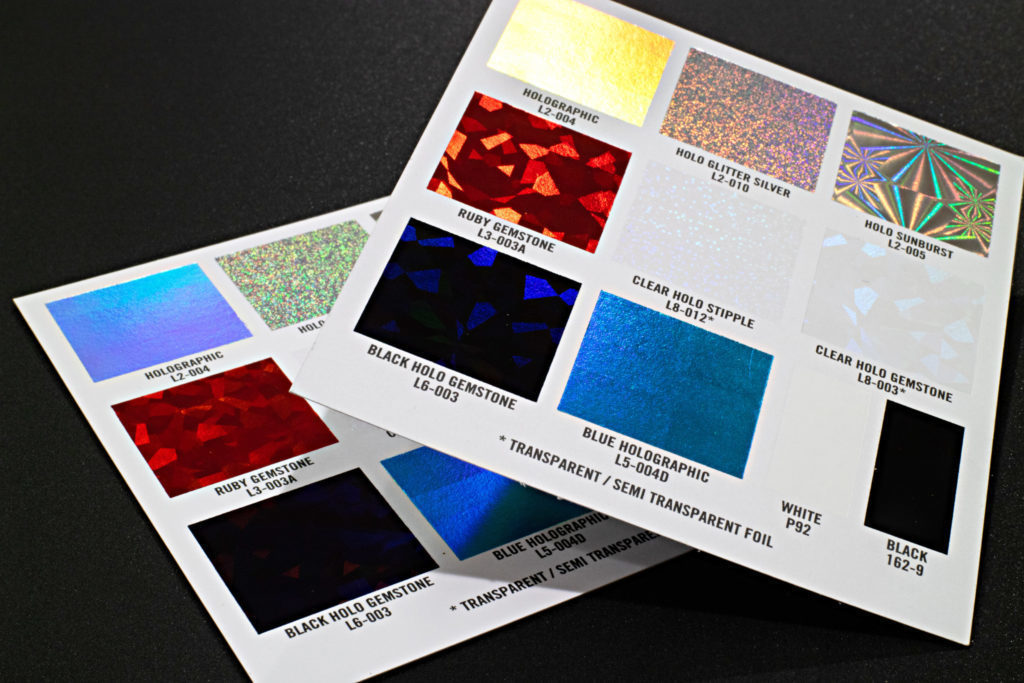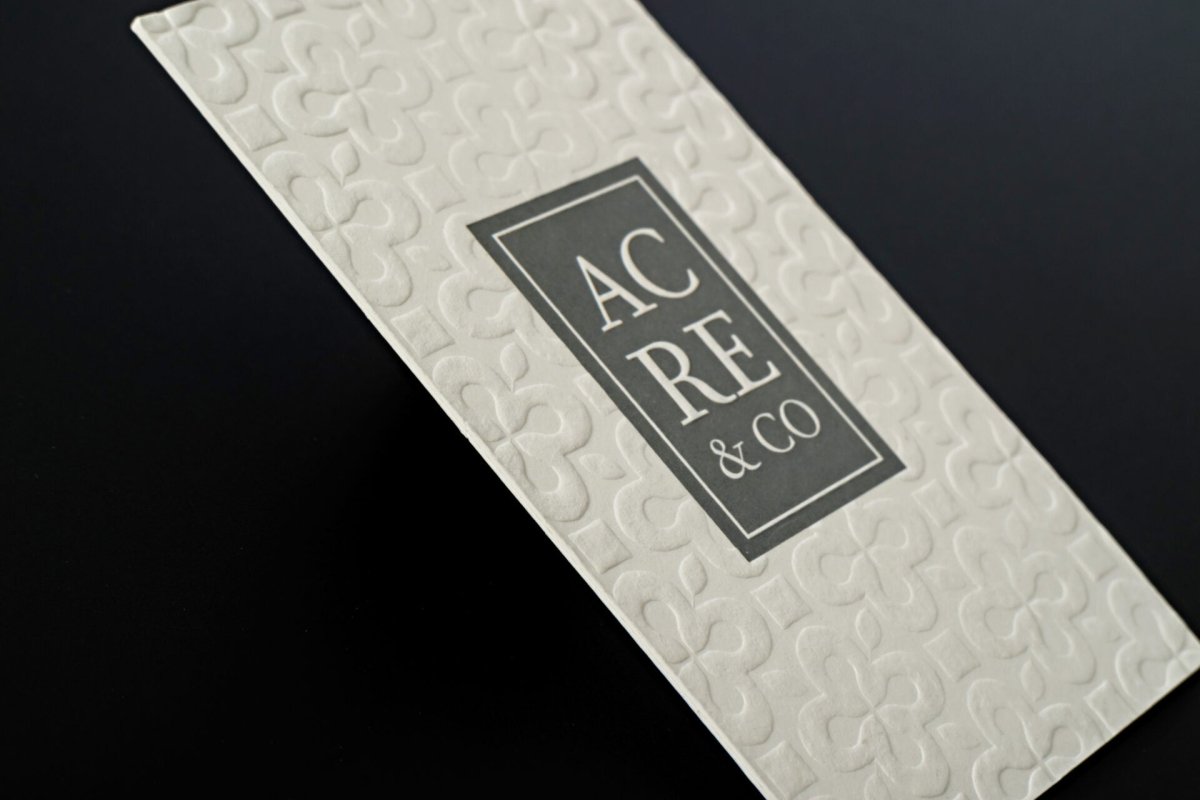
13 Steps From Beginner Web Designer to a Professional
Print PeppermintShare
(Source)
Modern web design is a mix of brand design (i.e., graphics with brand values), storytelling (life stories with a deep meaning), and interface design. A specialist in this field has both creative and commercial thinking.
In fact, they are architects of functional yet easy-to-remember websites, blogs, etc. It is the web designer who helps the client convey the idea by visual means. Basically, their work must motivate the clients to act and, of course, make a final purchase.
Starting your journey in web design? Well, there are many amazing stages to help you grow as a professional. Below, we are talking about 13 of them.
Hurry up to free your busy schedule and dive into the atmosphere of web design inspiration! By the way, an excellent method to reduce the load is to rely on outsourcing.
More and more students decide to send their school papers to expert essay writers when they lack the energy and time to finish them on their own. This way, you will finally have a chance to focus on what matters most to you at the moment!
Never Stop Learning
Many experienced designers advise beginning the path with online programs. Their advantage is that you will fully focus on essential topics such as brand/interface/web design, animation, and analytics. Nothing superfluous - just key points.
However, before enrolling in one, carefully study the teachers, their works, and their approaches. Your goal is to test different tools and collect various cases for a future portfolio.
Also, consider the free course of Rafal Tomal, who is a UI/UX design consultant. The program covers an overview of current vital skills, modern web design culture, and a selection of means from a professional with international experience.
In contrast to classical education, courses are all about practice. Taking them, you get an idea of real business problems. At the same time, the data you get will be relevant as its source is quite reputable (by that, we mean experienced teachers, of course).
Online schools also imply homework assignments and a mentoring system. You will definitely receive feedback, realize your mistakes in time and avoid making them later. In addition, there are courses that offer internships and future employment.
And last but not least, there are also master classes and workshops online. This strategy is good for sharing experiences. Plus, you will meet industry leaders, and that's an essential step to finding a job.
The point is that you start experimenting on the project right away and make changes based on feedback. Isn't it time-saving?
Begin Getting A Hand At Web Design
Becoming a designer without extra help is quite possible since we live in an era when information is in the public domain. Read blogs and forums and watch free webinars and tutorials to follow the author step by step. This method is only suitable for beginners. This way, you get a feel of the job and find out which buttons to press in Photoshop or other editors.
Pros:
- You study almost for free or at a minimal cost;
- You choose what exactly you study;
Cons:
- It is more difficult to solve user problems on your own, so your expertise will be rather weak;
- Distinguishing quality content isn't easy, so you may come across non-professionals.
Acquire Theoretical Knowledge
Many beginner web designers don't realize how crucial the theoretical basis is. But without understanding the basic laws and universal rules applicable to any kind of design, it is difficult to create a good-looking image. We also recommend breaking this stage into parts, and mastering them in the following sequence:
- Composition. This section includes everything related to the grid, modules and layout (not to be confused with HTML/CSS). Here, we learn how to position elements on the page and relatively to each other;
- Typography. The next step in mastering the theory is working with text: the design of text blocks, the hierarchy of headings as well as lists and pages. Who would have thought that simple black-and-white text could be so difficult to style?
- Color. This includes color theory, hues and gradients. Another important point is color contrast since many beginners make a lot of mistakes at this point.
- Interface elements. Universal elements for interface design include buttons, fields, drop-down lists, etc. It's crucial to know how to create them from scratch.

Enter The University
By choosing to study web design at the university, you will be getting a classical education for several years. In addition to necessary subjects (such as web design, animation and 3D modeling), there will be general disciplines, too.
You will probably study art history and some architecture basics along with many other fascinating things. On the one hand, it's perfect, as you will get a powerful theoretical base and see where modern techniques came from. On the other hand, some of the information won't be systematized in your memory, and there will be less time left for practice.
Pros:
- You will master the basic tools and techniques;
- You will study without haste.
Cons:
- This path requires plenty of time.
Don't Underestimate Workshops
Signing up for free or affordable webinars and workshops is always a good idea. Why? The information in such master classes is really useful and can be super handy in practice.
Pros:
- You won't spend a lot of money;
- You will receive up-to-date information;
- You will learn how to solve problems that are close to reality.
Cons:
- You can avoid them by carefully studying what is offered. Your main concern is mentoring and feedback.
After mastering the theoretical part, you can move on to practice. Most likely, you will have to finish assignments either for the minimum cost or just for free. But don't see this as a problem. Remember one simple rule: practice is the key to a designer's success. Only by making a bunch of mistakes can you become better.

Gain Freelancing Experience
When a beginner has some basic knowledge and skills, they can move on to freelancing. It makes sense: you learn from real problems, quickly search for information if something isn't clear, and thus, constantly learn something new.
But there are pitfalls here. At first, you will have to perform cheap and dull tasks.
Pros:
- Taking on real orders;
- Great earning method;
- Professional growth.
Cons:
- Tasks aren't always engaging, and clients can be hard to deal with;
- Low income at initial stages.
There are a lot of companies on the market that need web designers' assistance. And as we mentioned earlier, your task is to get real cases and experiment with tools. As professionals say, freelancing is one of the best ways to get hired right after college, and you certainly don't want to waste time, right? Of course, too much work can lead you to burnout, so always discuss deadlines and expectations with customers beforehand to avoid problems.
Stay On Top Of Things
The web design industry is developing at an incredible speed, and you mustn't miss any important news. For this, visit the websites and social networks of famous brands. Let it be blogs, online stores, landing pages, and company websites.
Study whether the platforms are useful and unique. Don't limit yourself to one sphere, better do research on sites related to finance, shopping, education, etc. Pay attention to how easy it is to find the right information or what stops the buyer from making a final choice.

Analyze As Much Content As Possible
We live in an information age when the opportunities to get inspired are truly limitless. Start by collecting alluring designs on Pinterest boards. Also, develop the habit of opening land-book.com and making sketches of websites every day. Just 5 minutes each evening, and over a month, you will get a hand on more than 100 sites and become bolder in composition.
Study Portfolios Of Top Digital Agencies
Follow the works of digital agencies since many of them share their cases and processes in detail. Start from Focus lab and Ueno. Try to go through all the stages when working on a project: from realizing the task's essence and research to creating interactive pages in the constructor.

Study The Top 4 Web Design Books
The books collected below are engaging thanks to a lively presentation, an abundance of illustrations, diagrams, case studies, and proven tips. While being easy to perceive, they contain profound international experience:
- 'Slide:ology' by Nancy Duarte;
- 'Designing for Emotion' by Aarron Walter;
- 'Don't Make Me Think!: A Common Sense Approach to Web Usability' by Steve Krug;
- 'Beauty' by Sagmeister & Walsh.
Upgrade Your Soft Skills
Don't try to make a huge leap forward in one go. It is better to decide where you want to start and what will be key in your projects in the first place. Then, prepare a list of your study materials and build up your skills gradually.
For example, begin improving your project management skills and plan your work. Break it into stages, write down tasks and distribute them day by day. You can install handy time management apps with daily reminders and rely on a Trello board as well.
Get Supervised Internship
An important step to gain experience is to work in a design studio as a junior. Practicing with a mentor teaches you what a real job looks like.
The main risk here is that it is impossible to predict what exactly you will be taught. Maybe you will only be dealing with the boring tasks nobody else wants, for example flatten a thousand layers or recolor the icons in Photoshop. Plus, you can't be sure your internship will end with employment.
Pros:
- You work with relevant tools;
- You perform real tasks;
- You can combine an internship with university studies or courses;
Cons:
- You can avoid disappointment if you discuss your future tasks with the mentor and find out what they expect from you.
At this point, we want to share options of what you can design under the guidance of a more experienced specialist:
- Design a website form and learn how to work with existing components (header, text, buttons, input fields, links);
- Design an unsubscribe page for newsletters. In this task, you can work with the user journey scenario;
- Create a product landing page using storytelling. Tell what the product is good for, reinforce the story with elements of trust and think over the conversion elements. By the way, sometimes a good illustration, collage, or GIF tell a story better than a few paragraphs of text;
- Design a multi-page site, for example, a small online store;
- Work on the information architecture for the site and design navigation between sections. Determine how many unique pages will be in your resource.

Publish A Portfolio And Look For Clients
So now you've got plenty of cases, and to gather them all in a portfolio, use Readymag, Tilda or Webflow. Another cool resource is Dribbble, where you can share pieces of the process. In the portfolio, focus on the presentation of skills and abilities. Follow the rule ""one slide presents one idea.""
Expand the concept and how you arrived at it, and what emotions underlie the idea. Show the moodboards, sketches, and collages you created.
By the way, Readymag, Tilda, and Dribbble also provide you with a web analytics counter, so you can see how many new customers come to you every day and what they are interested in.

The Bottom Line
The whole secret of learning web design is that there is no school where you will find the maximum creative practice. Therefore, grab every opportunity to work on cases and get feedback from experienced professionals and customers.
Remember that training will be ineffective if you stop learning after finishing courses or something else. Never stop there. A real designer has one way - to broaden their horizons, take on atypical tasks and hone their skills.
Fortunately, web designers are in great demand today. The list of boring-looking online stores, portals, and services is simply overwhelming. The alternative to boring is unique, but when web designers go overboard with it, it can be hard for users to navigate. Doing better requires a deep understanding of the product and the customer you want to connect with.
No doubt, a talented web designer increases a product's value from the client's perspective, establishes trust, and motivates website visitors to take action. And by following the nine steps indicated in the article, you can gradually learn how to succeed in all this.


